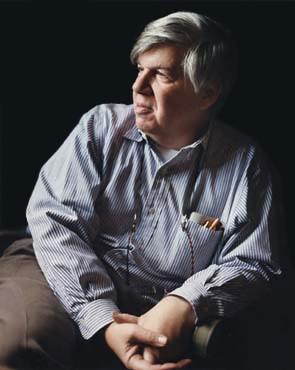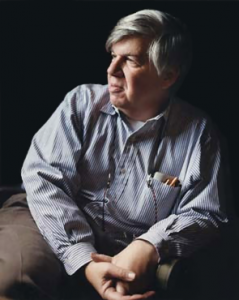The career of Stephen Jay Gould eludes easy definition because of his prolific output in so many areas. Michael Shermer characterises him as a historian of science and scientific historian, popular scientist and scientific populariser.
The popular science writings of Stephen Jay Gould (20 of his 22 books and hundreds of articles) are responsible for making me want to study macroevolution. He said of his popular essays that they were intended “for professionals and lay readers alike”. We have already covered some aspects of science communication, like how to do it and which kind of scientists should engage in it. Gould wrote 479 academic papers during his career, so any thought of public outreach damaging one’s science certainly didn’t apply to him.
Let’s have a closer look at his academic legacy. Gould is well known for his theory of punctuated equilibrium co-written with Niles Eldredge. This fuelled the debate around ideas such as species selection and the mechanisms explaining macroevolutionary patterns.
Despite this being the work for which he is best remembered it represents a tiny fraction of his output. He actually published only 15 papers with this theory as a main topic, which represents only 3% of his academic work! As a comparison, he published more papers (17) on baseball!
His primary field was invertebrate palaeontology (he was the curator of Harvard’s Invertebrate palaeontology collections from 1973 to his death in 2002) but again, even his main focus in this area (on Cerion snails) represents only on one quarter of his work. Shermer describes him as being “no single-minded fossil digger or armchair theorizer.”
Actually, nearly one fifth of his massive scientific output is primarily focused on the history of science. Again, as Shermer says, he was a “Historian of Science and Scientific historian”.
So Gould should not be only remembered for his proposal of punctuated equilibrium. Gould published 169 papers in 23 last years of last century, which gives him an average number of publications in the history of science of 7.34 per year. To put it in the historical context of the field, the only names that have been more productive are Aristotle, Kant, Goethe and Newton.
It’s rare to see a scientist who divided opinion so much, hagiographies have been written about him but he’s also loathed. Look at these for contrasting views:
“In the field of evolutionary biology at large, Gould’s reputation is mud.”
“Steve is extremely bright, inventive. He thoroughly understands paleontology; he thoroughly understands evolutionary biology.”
I’ll leave it to the reader to find out where they stand on Gould for there is a lot of controversy to consume. I prefer to remember him through his essays on Natural History than through his few papers about punctuated equilibrium, better illustrating the “measure of a man” (that’s Shermer’s pun). His life illustrates how interdisciplinary studies exponentially increase scientific productivity: “Gould has used the history of science to reinforce his evolutionary theory (and vice versa)” writes Shermer. And that applies as much to punctuated equilibrium as to baseball!
Authors: Thomas Guillerme (guillert[at]tcd.ie, @TGuillerme) and Adam Kane (kanead[at]tcd.ie,@P1zPalu)
Image Source: Wikicommons


